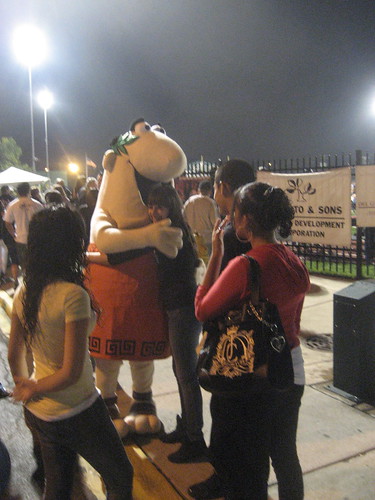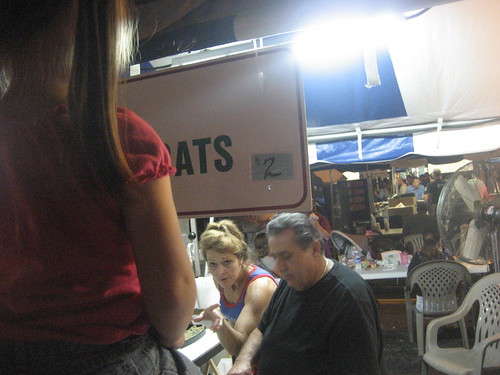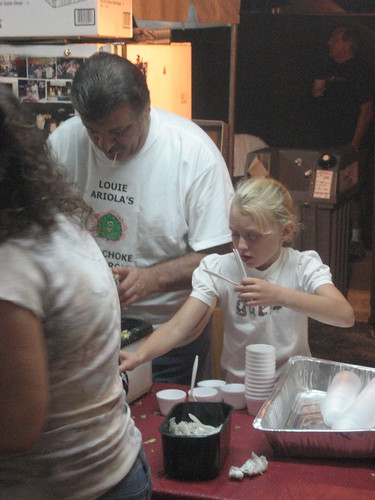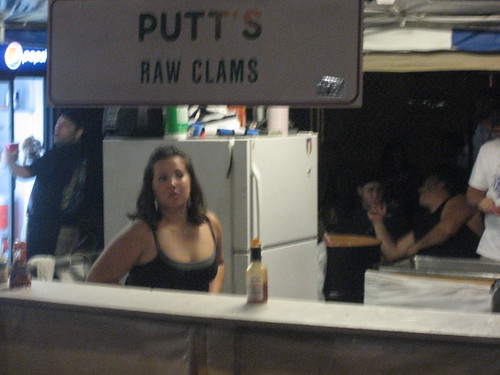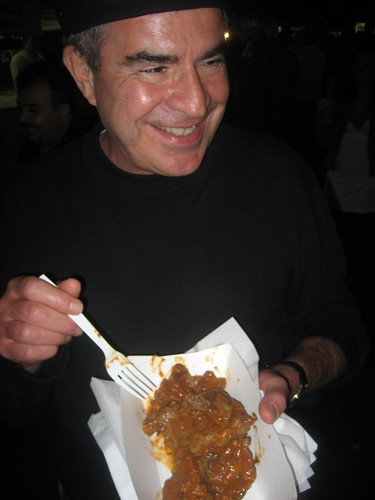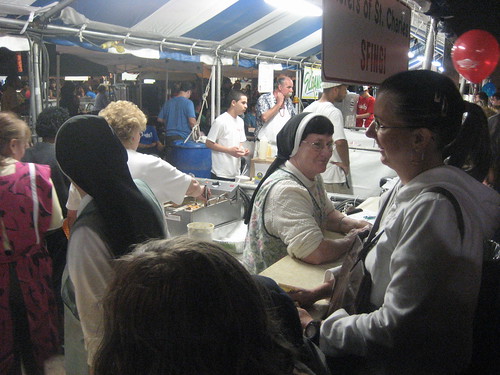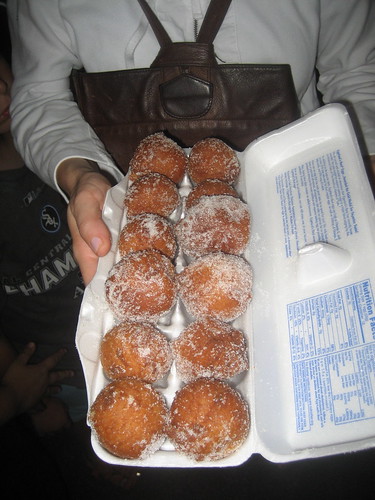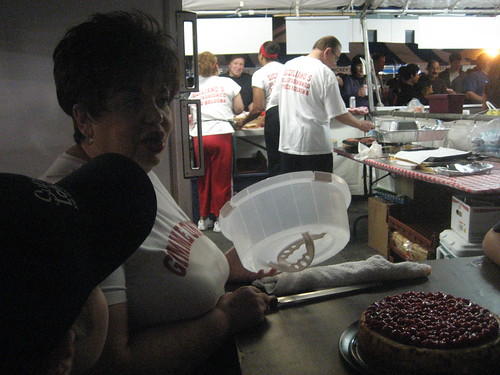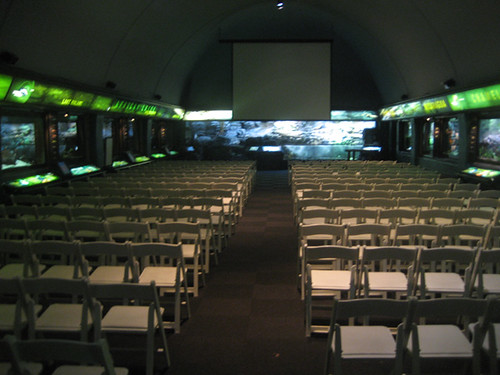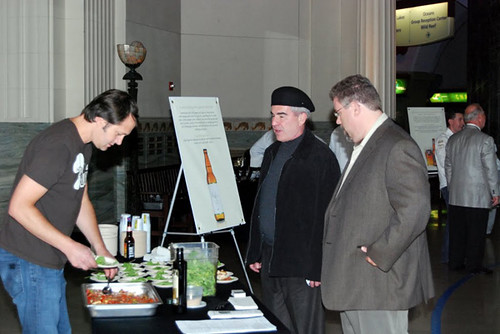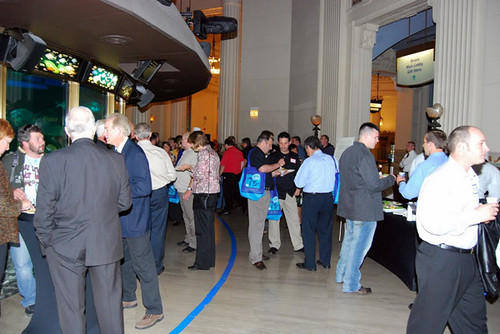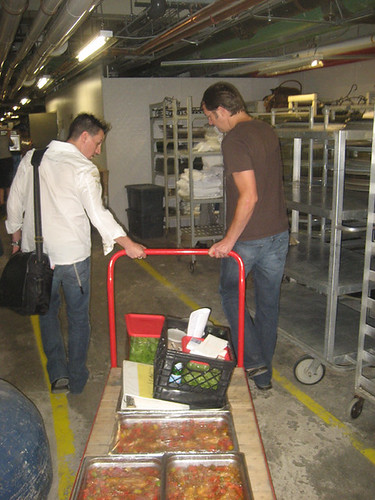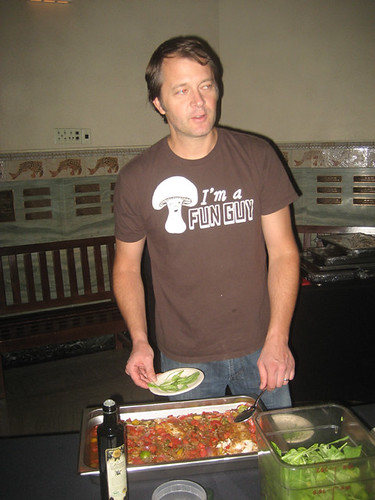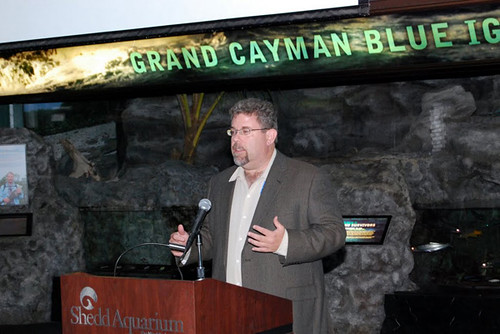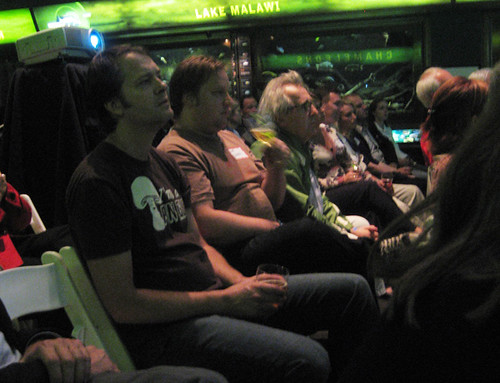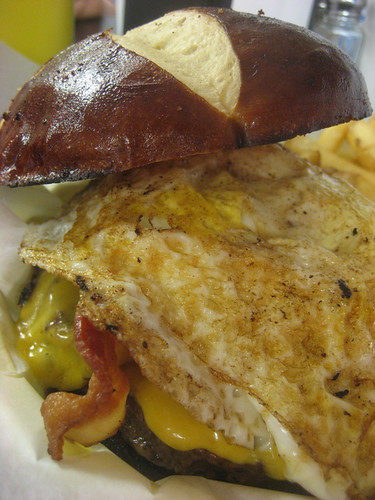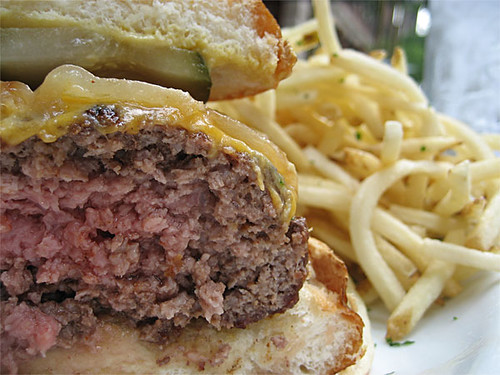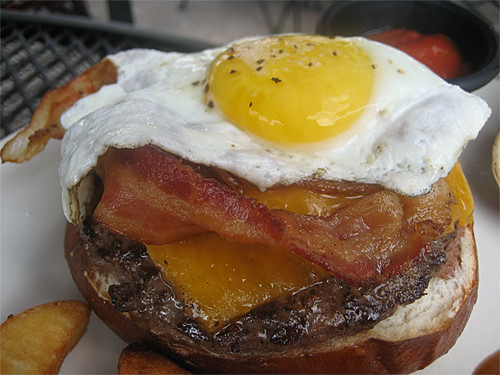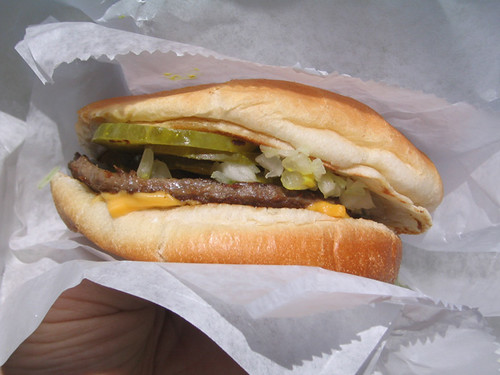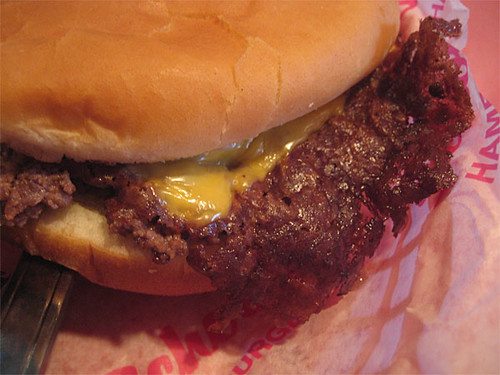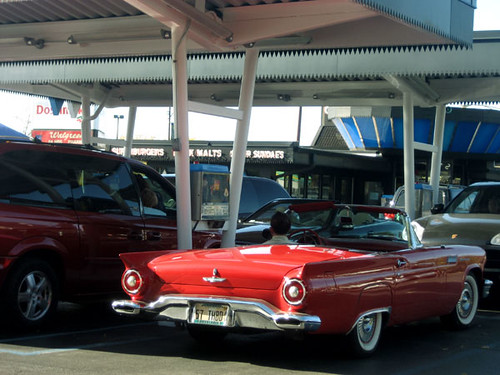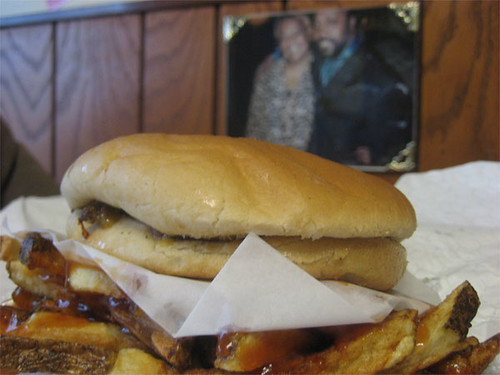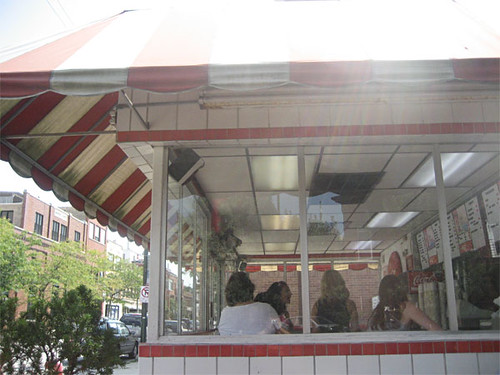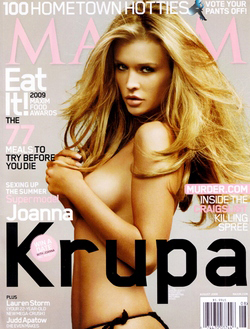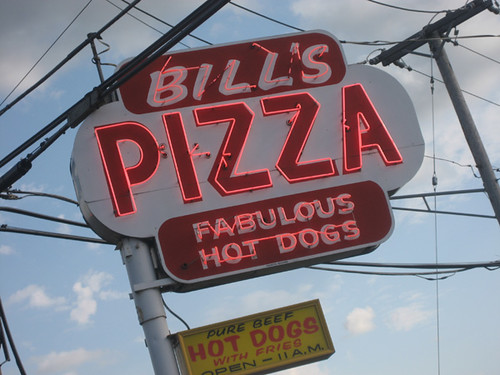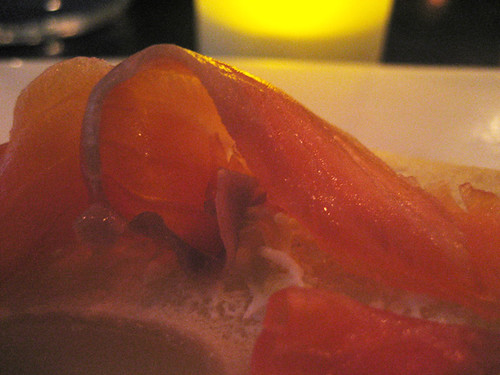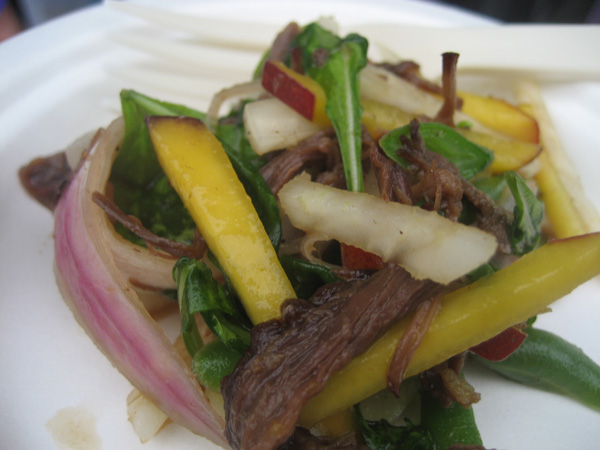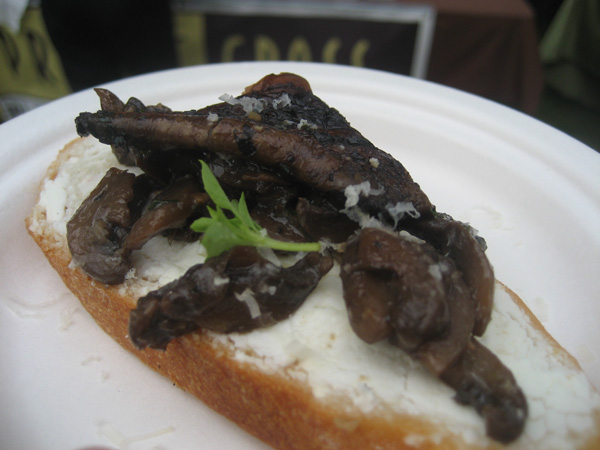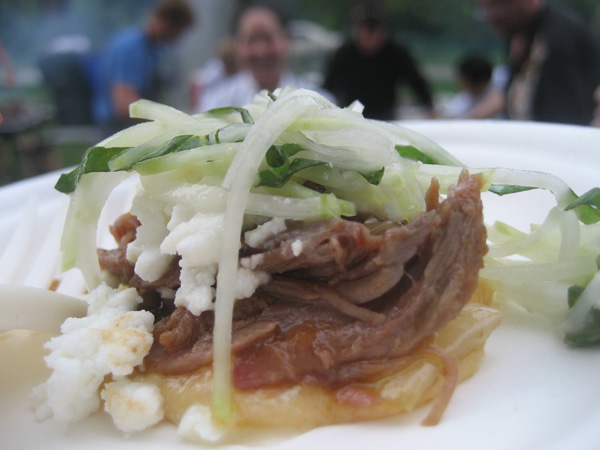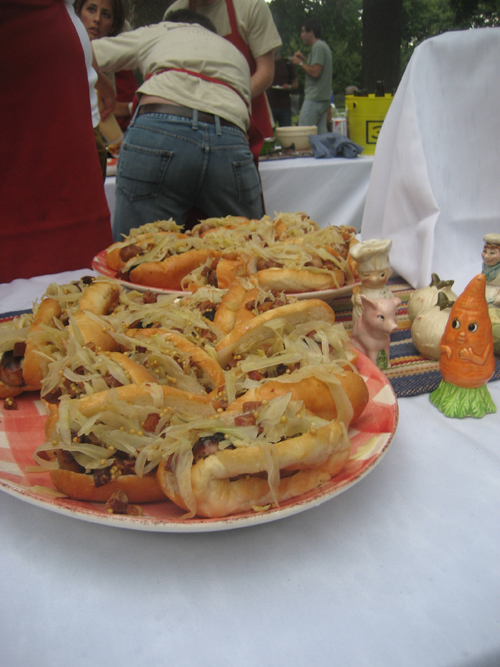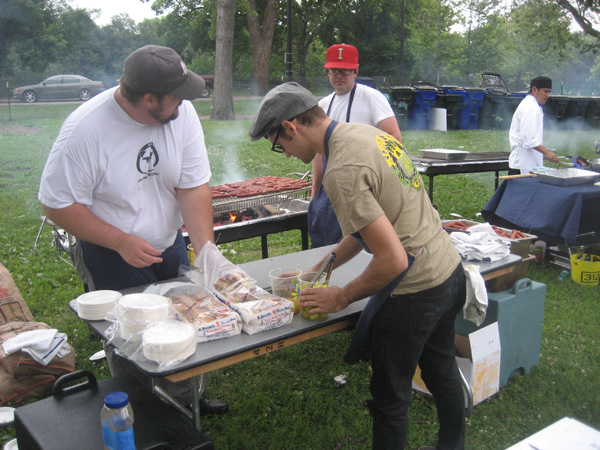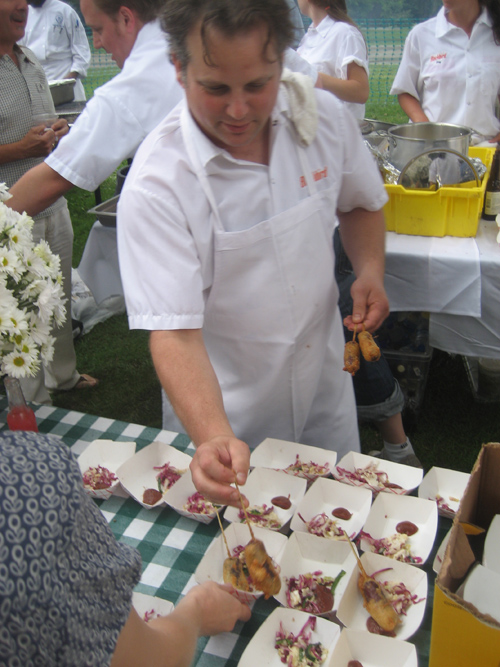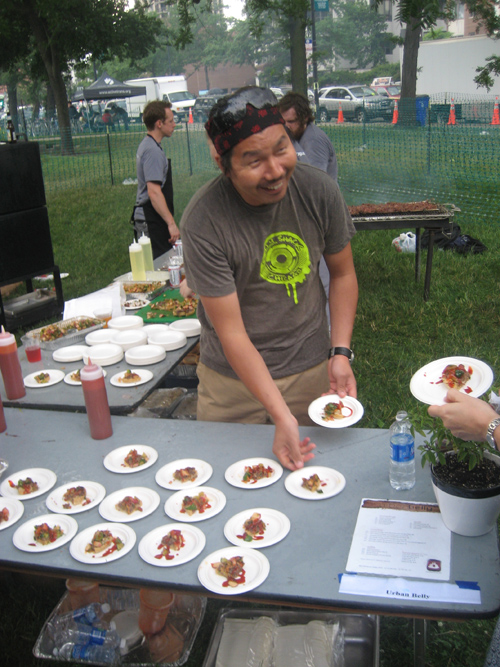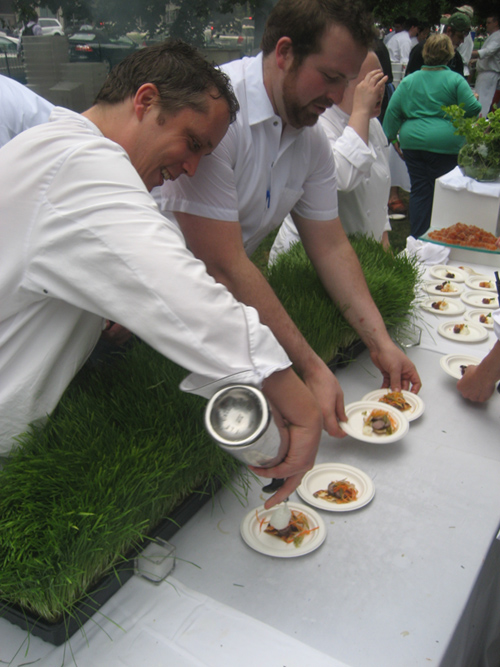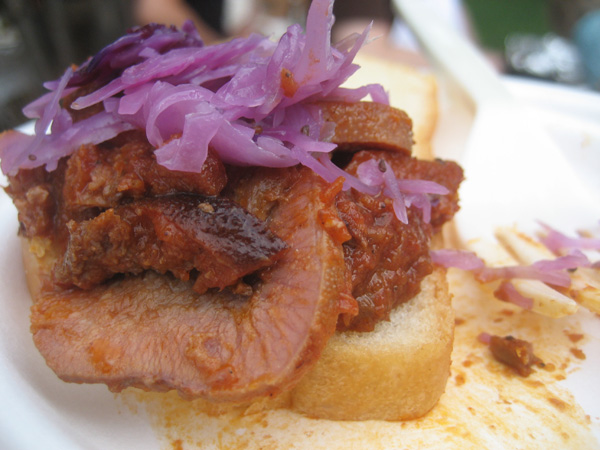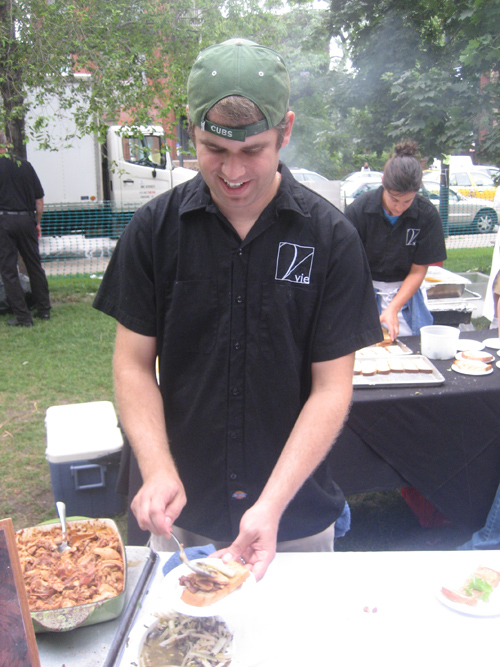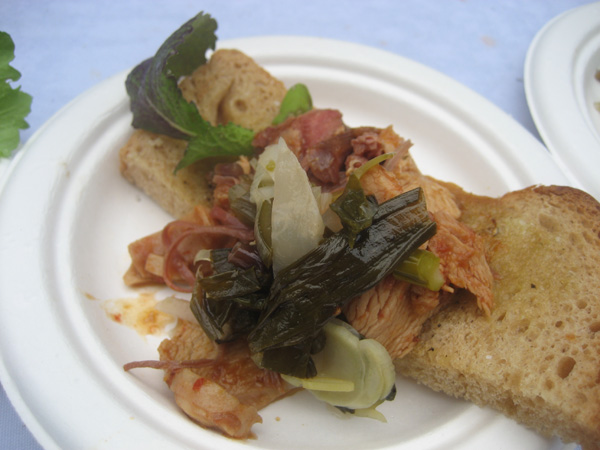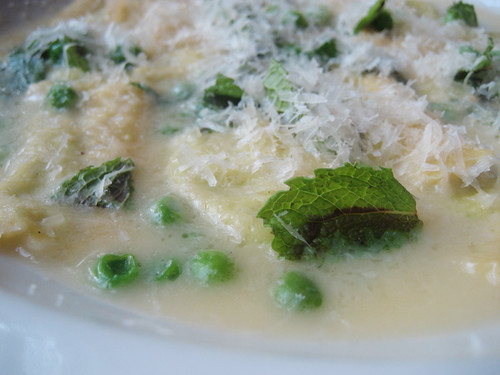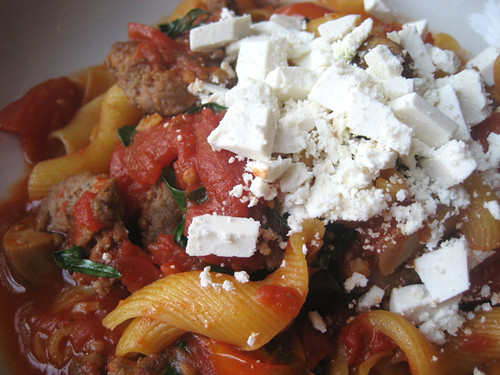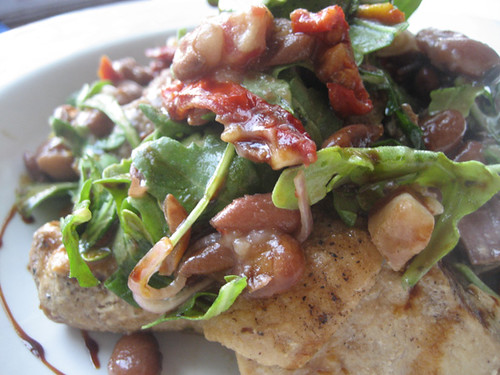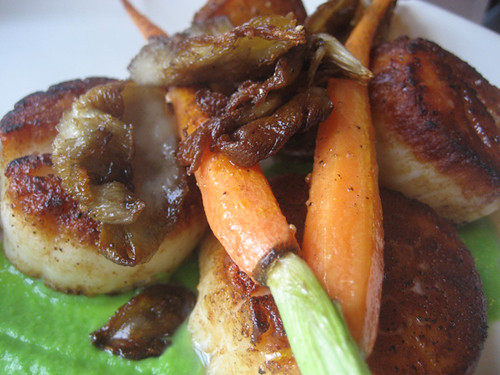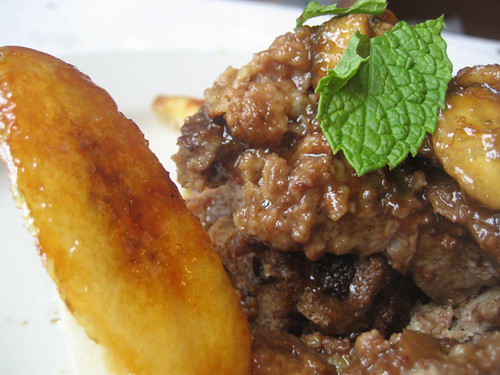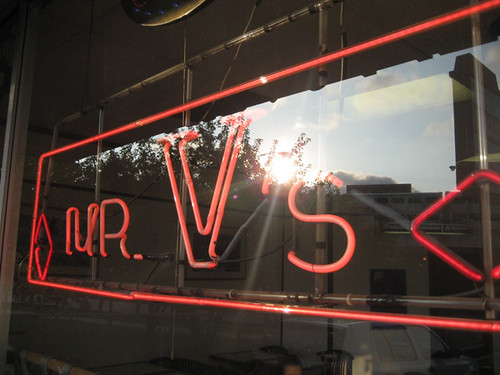
About a year ago, I decided to see if I could review 50 restaurants that had never been reviewed on LTHForum. (A tangential mention didn’t count.) This was largely in response to what I saw as LTHForum having grown a bit moribund as a discoverer of new things on the culinary scene. It seemed like all anybody wanted to talk about was hamburger franchises like Five Guys and Sonic and the phone-answering deficiencies of Schwa; even the old pros seemed to be bringing us the latest breathless dispatch from their 900th visit to Salam or Patty’s Diner or Myron and Phil’s rather than trying anything new.
Since then, I have to say things have improved somewhat. The burger chain threads haven’t totally vanished (and Schwa’s telephone habits just flared up again) but there have been good, wide-ranging and new-ground-breaking threads on things like carne asada tacos; and people have actually tried new restaurants like Taxim and Nightwood and Fianco and so on. You’re just about ready to think it’s getting lively again when, suddenly, there’s a thread like this.
Brief recap: Mike Sula wrote about an illegal taqueria operating out of a garage on weekends. Gary Wiviott posted about trying it. Both concealed the address (though made it fairly easy to see how you could get it). And then… LTHers got all hinky about somebody writing about a place and not telling you how to go there and try it for yourself!
Well, in the words of Brian…
The point isn’t that there’s one taco stand somewhere in somebody’s garage, that G Wiv found out about from Sula who found out about it from Rob Lopata, and now you can find out about it from him. The point is, there’s stuff like this all over if you go looking for it, and any of us can do that if we just make the effort. But you have to make the effort; complaining that a leading LTHer hasn’t spoonfed it to you is, well, as bad as talking about chain hamburgers. Get off your duff, roll down your windows, and start driving around Mexican neighborhoods till you smell something good! Then get out of your car, be friendly, eat something, take some pictures and post about it. It all starts with somebody going out and finding something that nobody had any idea was there until they went out and looked for it. Go out and find something that nobody’s seen before!
Or, like me, you finally could go try a place you’ve been driving by for 15 years.
* * *

Mr. V’s Pizza is in a strip mall on Elston, up in the far-northwest Forest Glen neighborhood. It was the strip mall, I guess, that kept me from following Mike G’s Rule of Pizza (“Always try a pizza that dates back to the 1950s. There is always a small possibility that in the intervening 35+ years, they have NOT screwed it up by trying to make it more like Domino’s or something.”) It looked like a lame slice place sticking generic toppings on premade crusts. But somehow, my curiosity was finally piqued, and I went in.
There were a lot of good signs once I went inside. It may not seem like a good sign that the menu has everything from Italian beef to ice cream, but it suggested to me that there was an old school Italian family restaurant concealed behind a pizza facade. It was a good sign, too, that the menu mainly offered cheese and sausage pizza— there was a list of alternative toppings, but this was all about the Chicago classics, cheese and sausage. It was a good sign that the slice rewarmer seemed to not be in use.
I ordered one of each, thin, and was told 20 minutes. I went to walk around the immediate area, which was nondescript but suggested a thriving family neighborhood. In the park next door, a family ate pizza while the kids played on the swings, and a little ways over I saw these guys:
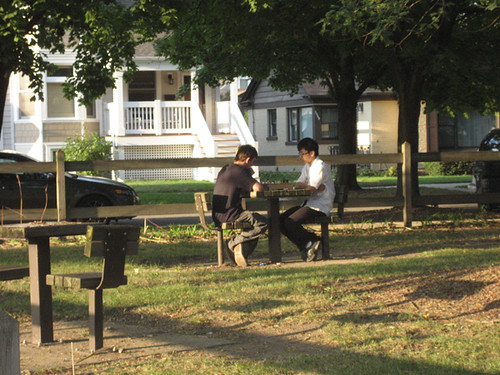
There’s a funeral chapel with a 60s mansard roof next door; I peaked inside and saw, inexplicably, a merry-go-round goat:

And what’s up with this? I started to feel like I was wandering the village in a Lovecraft story, and had stumbled on the portraits of the ancestors the locals don’t like to talk about:
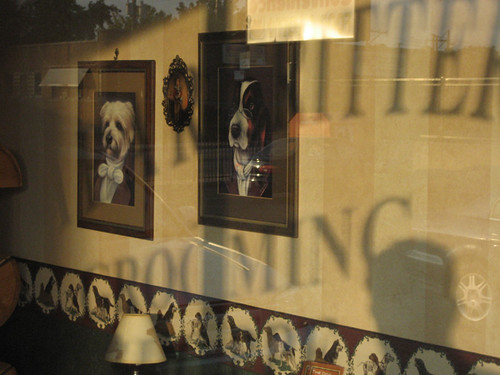
20 minutes were up and I drove home. I tore the paper cover open and:
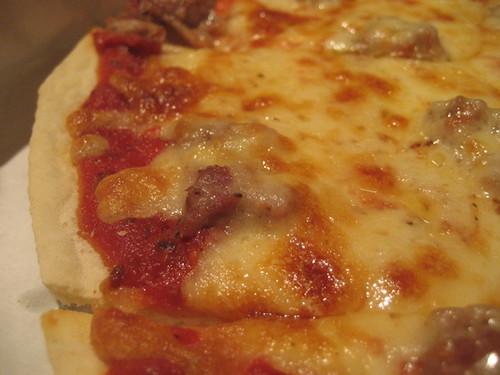
Classic Chicago thin crust, not the best I ever had, but not bad at all— the crust is almost certainly prefab, which is a bummer but hardly unusual; but the cheese and sausage were of good quality, the tomato sauce had a little sweetness and a little tang, the whole thing was not too greasy, well-cooked. A pizza to make you happy on a Friday night, and not make you regret it the next morning. If I lived in Forest Glen and this was my local pizza, I’d have it on my speed dial.
And so the pace of discovery continues…
Mr. V’s Pizza
5285 N Elston Ave
(at Forest Glen Ave)
Chicago, IL 60630
(773) 736-9434


 Posted in
Posted in 
